To provide the best experiences, we use technologies like cookies to store and/or access device information. Consenting to these technologies will allow us to process data such as browsing behaviour or unique IDs on this site. Not consenting or withdrawing consent, may adversely affect certain features and functions.
The technical storage or access is strictly necessary for the legitimate purpose of enabling the use of a specific service explicitly requested by the subscriber or user, or for the sole purpose of carrying out the transmission of a communication over an electronic communications network.
The technical storage or access is necessary for the legitimate purpose of storing preferences that are not requested by the subscriber or user.
The technical storage or access that is used exclusively for statistical purposes.
The technical storage or access that is used exclusively for anonymous statistical purposes. Without a subpoena, voluntary compliance on the part of your Internet Service Provider, or additional records from a third party, information stored or retrieved for this purpose alone cannot usually be used to identify you.
The technical storage or access is required to create user profiles to send advertising, or to track the user on a website or across several websites for similar marketing purposes.


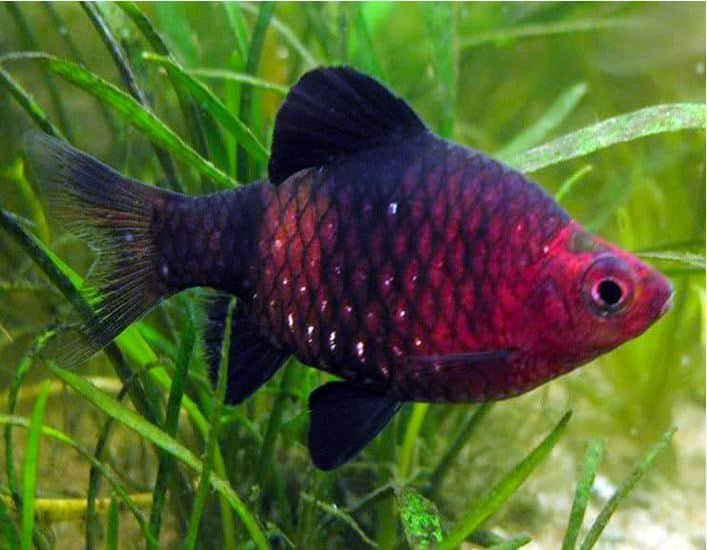
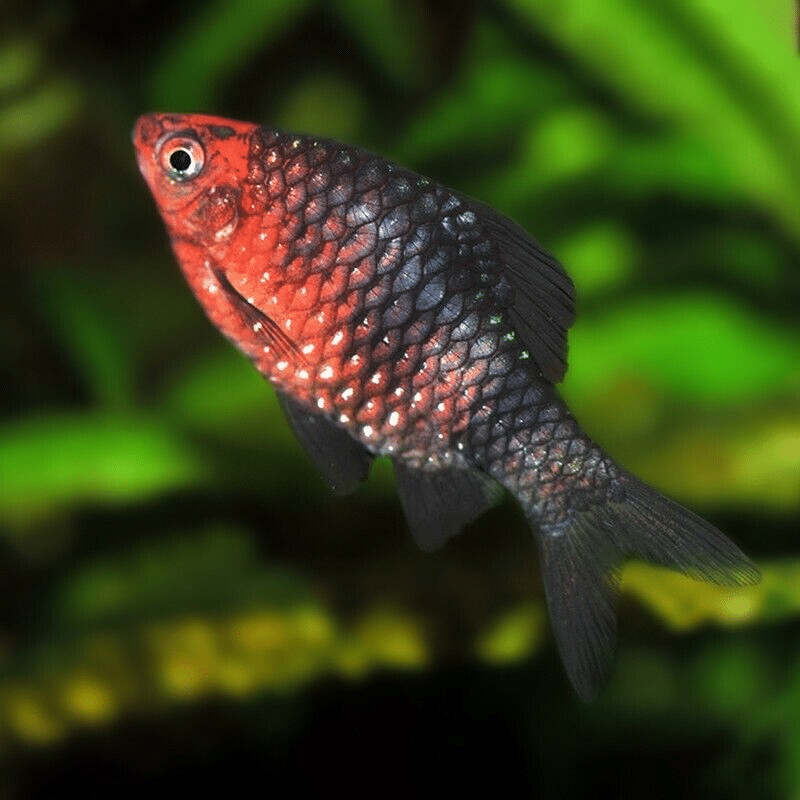
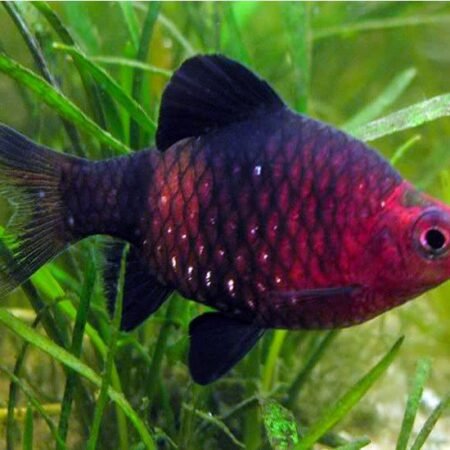

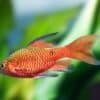


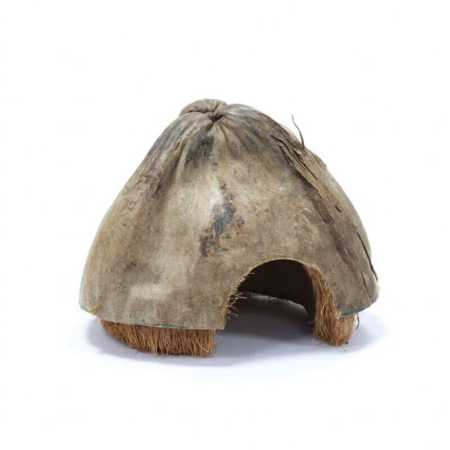

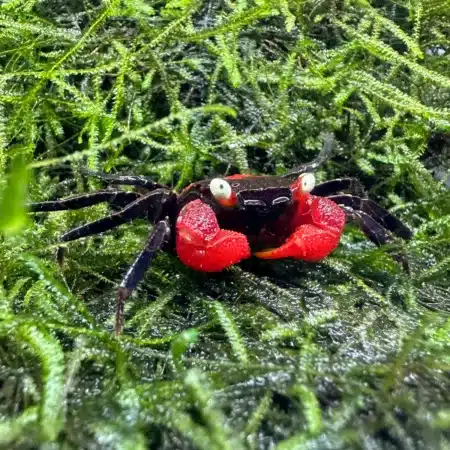
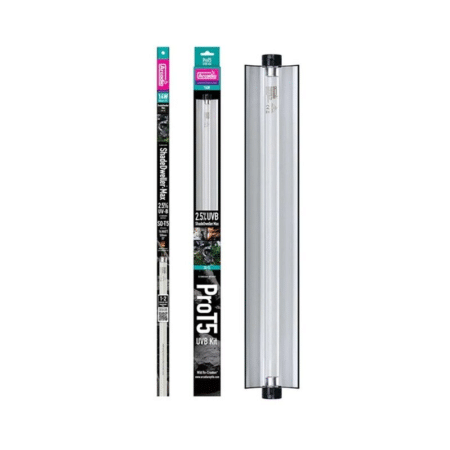

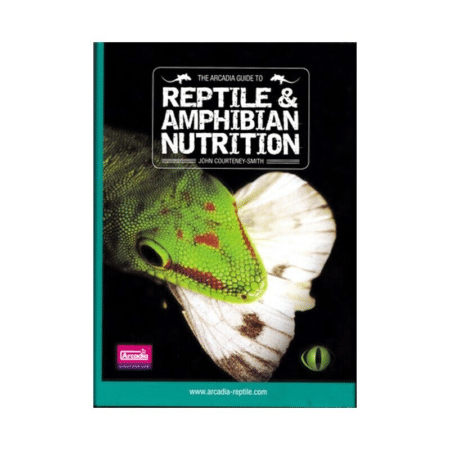

Emily Carter (verified owner) –
I recently purchased 5 Black Ruby Barbs, and I couldn’t be happier! These little guys have brought so much life and color to my tank. After just two weeks, their vibrant hues have intensified, and their playful nature is a joy to watch. They dart around energetically, showcasing their beautiful shades of red and black, which truly enhances the overall aesthetic of my aquarium.
From my experience, these fish are generally quite hardy and adapt well to their environment. I’ve had them in a community tank with other peaceful species, and they’ve adjusted beautifully with no signs of stress. It’s easy to see that they thrive when kept in groups, as they seem to have developed a delightful bond with each other.
If you’re considering tropical fish that are not only stunning but also active and social, I highly recommend the Black Ruby Barb. They are a fantastic choice for both beginners and experienced aquarists alike, as their care requirements aren’t too demanding. Just make sure you provide plenty of swimming space and some plants for cover. Overall, this purchase was a breeze, and they arrived healthy and full of energy. I would definitely buy again!
Emily Carter (verified owner) –
I recently added a group of 5 Black Ruby Barbs (Pethia Nigrofasciata) to my community tank, and I couldn’t be happier! These tropical fish are not only vibrant with their striking colors, but they also have such lively personalities. They settled into their new home immediately and have shown no signs of stress or illness after two weeks, which is always a relief for any caring fish parent.
What I love most is how they interact with their tank mates, swimming gracefully and playfully all around. Compared to my previous experiences with other barb species, these guys are definitely more social and vibrant, making them perfect for a community setup.
I do recommend keeping them in a well-planted tank since they enjoy exploring their surroundings. A minor consideration is that they can be a bit nippy with slower-moving fish, so keep that in mind when stocking your tank.
Overall, I highly recommend the Black Ruby Barbs for any freshwater fish enthusiast looking to add some color and energy to their aquarium. I’m excited to watch them grow and thrive – I’ll definitely be purchasing more in the future!